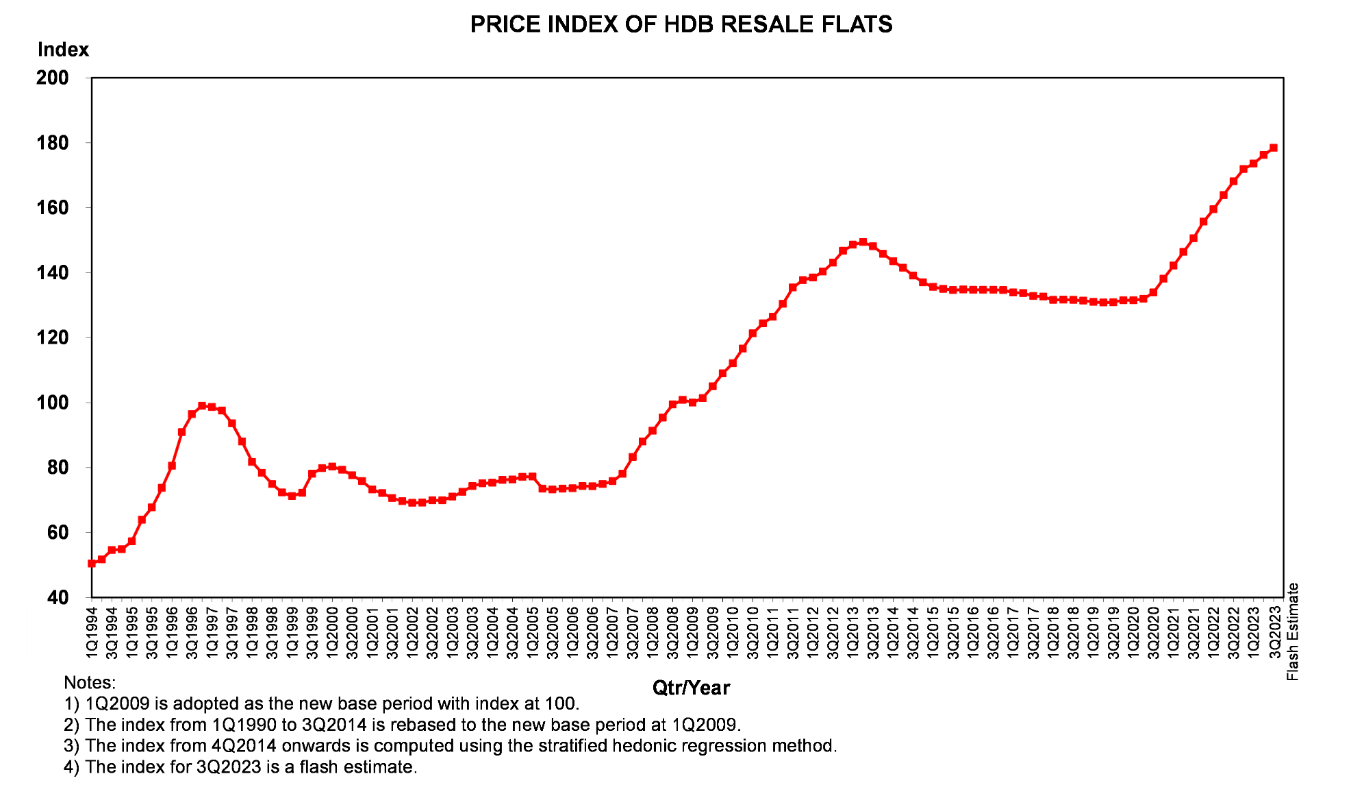Contributed By: The Big Fat Whale
We believe that the escalating costs in recent times have really made us wonder if retirement is even possible. Do we have to work till much older than the legal retirement age of 63 years old? Are we able to retire in style?
Therefore, quoting from Bruce Lee, we should: "Be like Water", adapt to the conditions and be open-minded about the options available. We can create a greater lifestyle, lower our cost of living and embark on an incredible adventure.
With a lifestyle arbitrage, using the same amount of retirement funds, we could stretch our scarce funds or have an upgrade in living standards.
We decided to start a retirement series with Malaysia as our first coverage.
Our focus will be retiring on Johor Bahru as it might be one of the more viable options for Singaporeans. Other popular spots in Malaysia are Penang, Kuala Lumpur and Malacca.
Malaysia Long Term Visa
So for a start, we will look at the requirements for a visa to have this sort of living arrangement.
For Singaporeans, there is no need for a visa if you do not intend to stay for a period exceeding 30 days. So in theory, you just have to clear the customs every month in order to renew your 30 days.
We are not sure if there will be issues if you keep crossing the border especially if you are still working. There could be a need for you to pop by your office a couple of days a week.
From the interviewees from this article by Channel News Asia, Work from home in JB: Some Singaporeans are relocating amid border reopening, hybrid arrangements, it seems there should not be too much of a problem with regards to not obtaining visas for Singaporeans intending to embark on this lifestyle.
Nonetheless, for those who want everything sorted out and be by the book, there are two visas that you could find applicable:
Malaysia My Second Home Program
To qualify for this program, the applicant must have liquid assets of at least MYR500,000, a monthly regular income of at least MYR10,000 and make a fixed deposit in a Malaysian bank of MYR300,000, half of which can be withdrawn to buy a house, purchase health insurance or pay for their children’s education.
After two years, part of the deposit may be withdrawn to use the car purchase concession, as long as a minimum balance of MYR150,000 is maintained during the entire stay in Malaysia under the program.
Click Here for the Full Article:
https://thebigfatwhale.com/retire-in-style-for-singaporeans-in-malaysia-johor-bahru/










